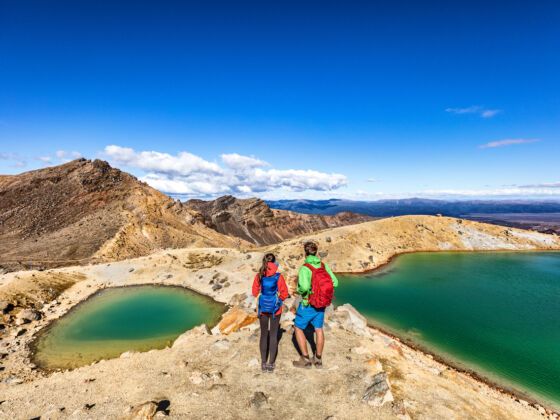1. The North Island and the South Island always, always, always take the definite article.
New Zealand isn’t Hawaii. You don’t go to South Island the way you’d go to Big Island. You’re going to the South Island. It’s just a little word, but you sound like a twit when you drop it.
